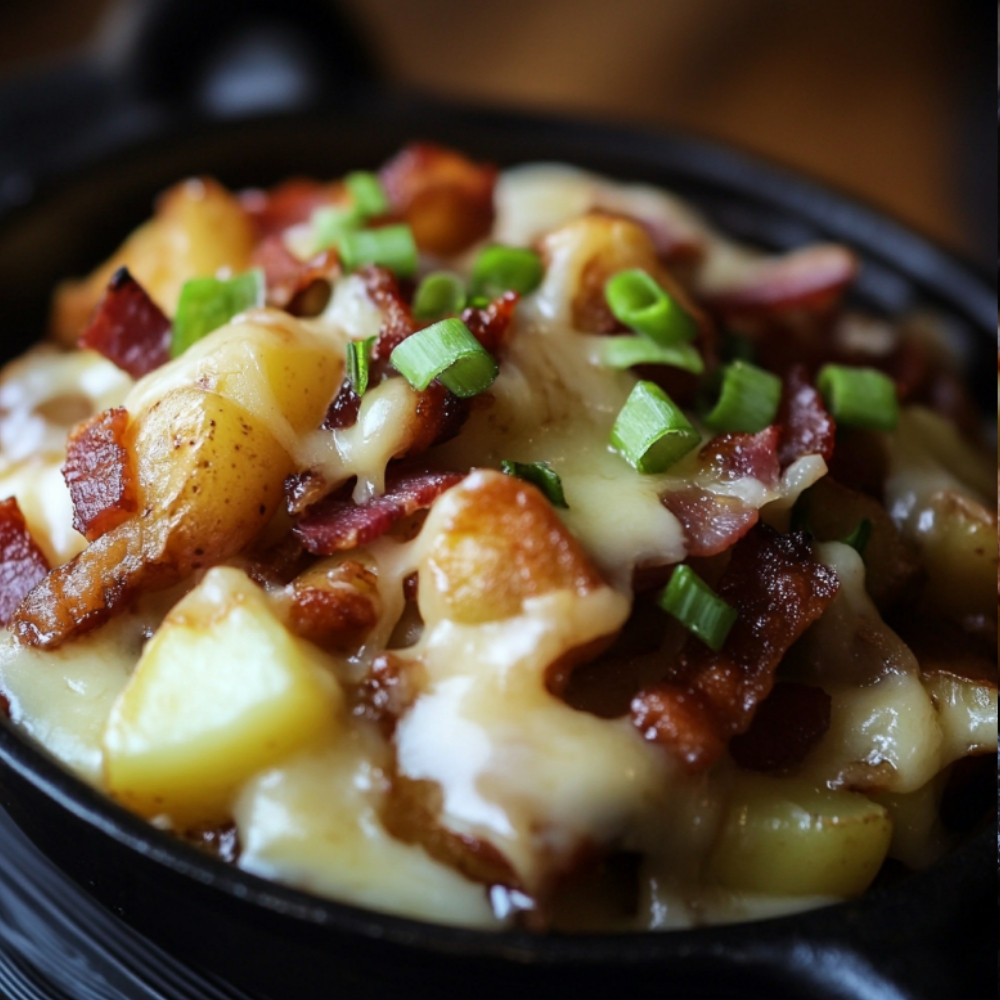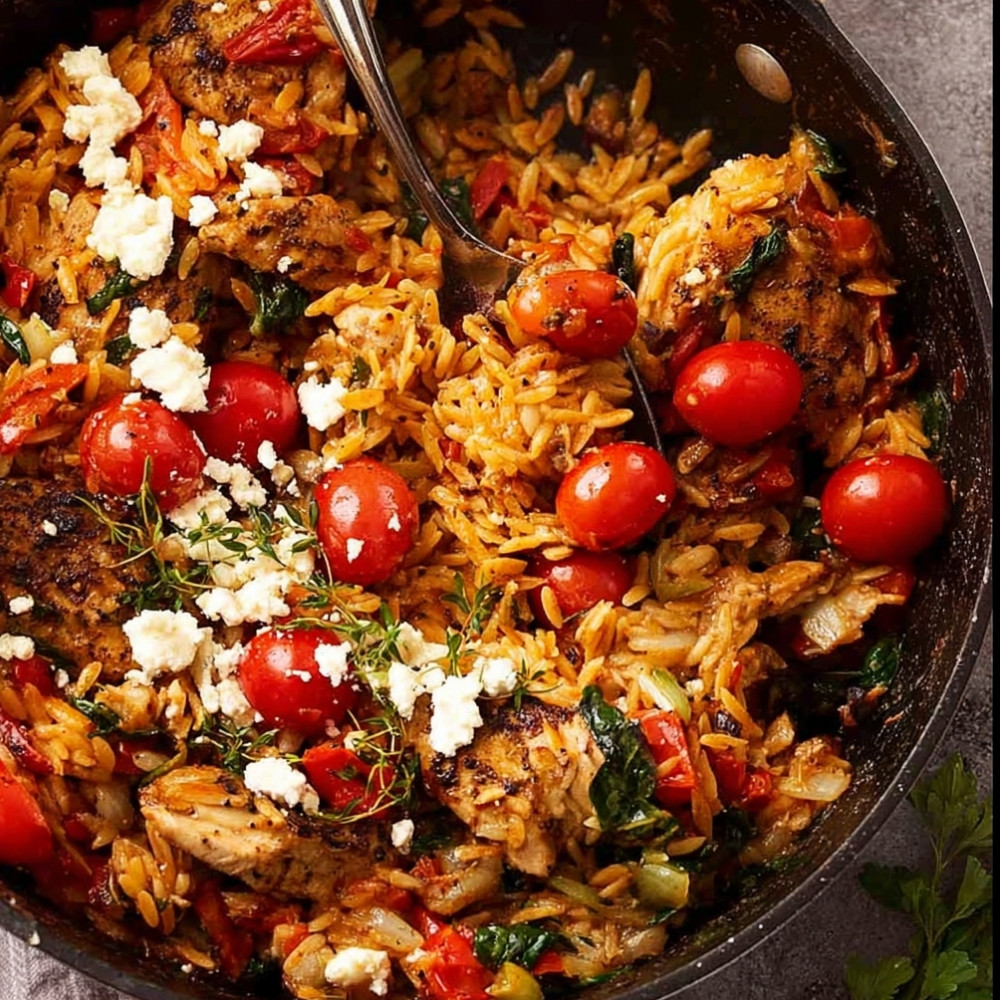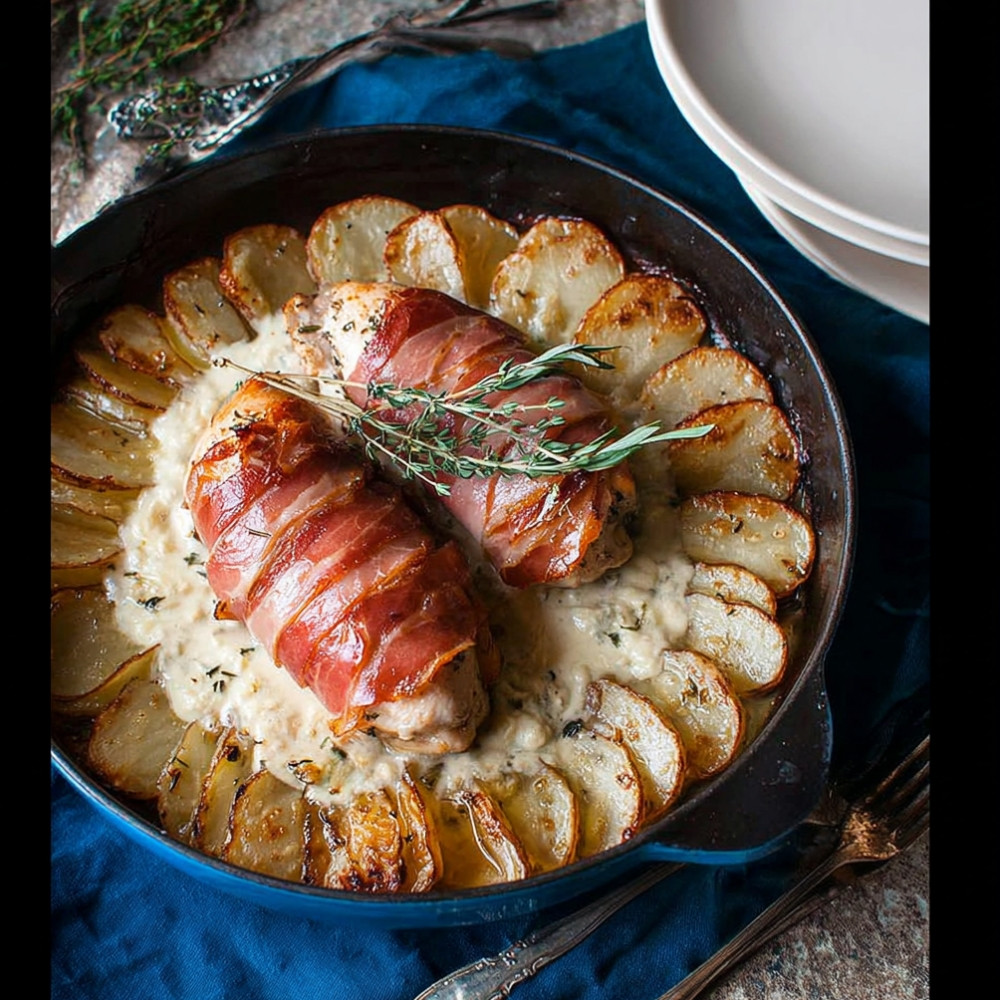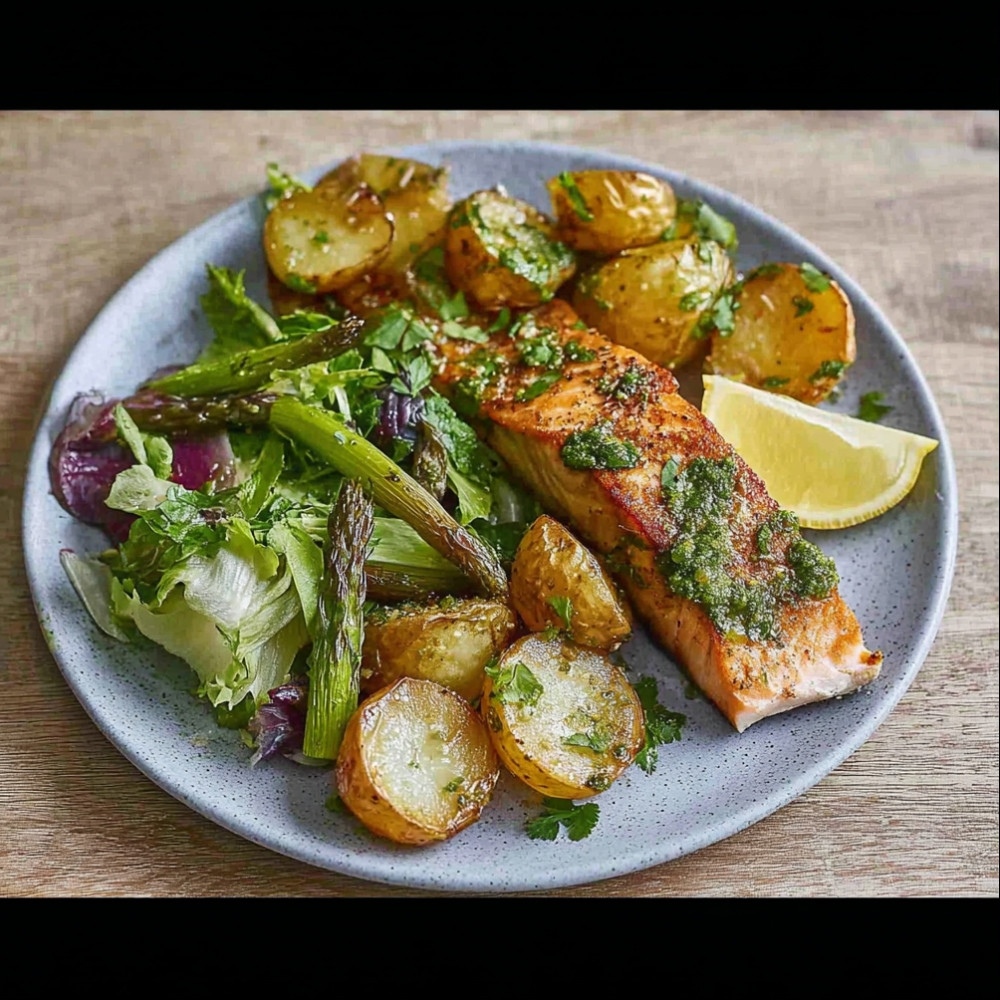Introduction
Hasselback pork tenderloin is a delightful twist on a classic dish, combining the savory flavors of pork with the sweetness of carrots and the heartiness of pasta. This recipe is perfect for a family dinner or a special occasion, making it both aesthetically pleasing and delicious. With a mustard sauce to tie everything together, this dish promises to impress.
Detailed Ingredients with measures
– Pork tenderloin – 600 grams
– Carrots – 300 grams
– Pasta (preferably tagliatelle) – 250 grams
– Olive oil – 2 tablespoons
– Dijon mustard – 3 tablespoons
– Heavy cream – 150 ml
– Chicken or vegetable broth – 200 ml
– Salt and pepper – to taste
– Fresh herbs (like parsley or thyme) – for garnish
Prep Time
The preparation time for this recipe is approximately 20 minutes, allowing you to gather and prepare all the necessary ingredients before cooking.
Cook Time, Total Time, Yield
The cook time is around 30 minutes, making the total time for this recipe approximately 50 minutes. This recipe yields 4 servings, making it an excellent choice for a small gathering or family meal.
Detailed Directions and Instructions
Prepare the Pork
Start by preheating your oven to 200°C (390°F). Take a pork tenderloin and make deep cuts along the length of the meat, being careful not to cut all the way through. This creates pockets for seasoning and flavor.
Season the Pork
Rub the pork with olive oil and season generously with salt and pepper. You may also choose to add garlic powder and herbs for additional flavor.
Prepare the Carrots
Peel the carrots and cut them into long sticks. Mix them with olive oil, salt, and pepper in a bowl. You can add other seasonings such as thyme or rosemary if desired.
Assemble the Dish
In a baking dish, place the seasoned pork and arrange the carrot sticks around it. This will allow them to cook together, absorbing the flavors from the pork.
Bake the Pork and Carrots
Place the dish in the preheated oven and bake for approximately 25-30 minutes, or until the pork reaches an internal temperature of 63°C (145°F). Ensure to check the carrots for doneness as you may need to adjust their cooking time.
Prepare the Sauce
While the pork and carrots are baking, prepare the mustard sauce. In a saucepan, combine cream, Dijon mustard, and a squeeze of lemon juice. Stir and simmer until slightly thickened, then season to taste with salt and pepper.
Rest the Pork
Once baked, remove the pork from the oven and let it rest for about 10 minutes. This allows the juices to redistribute, making the meat more tender.
Serve the Dish
Slice the pork tenderloin into medallions. Plate the pork alongside the roasted carrots and drizzle with the mustard sauce. Garnish with fresh herbs if desired.
Notes
Cooking Times
Cooking times may vary based on the size of the pork tenderloin and your oven’s calibration. Always use a meat thermometer to ensure it’s cooked to the proper temperature.
Variations
Feel free to substitute the carrots with other vegetables like zucchini or bell peppers, depending on your preference.
Storage
Leftover pork can be stored in an airtight container in the refrigerator for up to three days. Reheat gently before serving again.
Serving Suggestions
Serve this dish with a side of pasta or fresh bread to soak up any extra sauce.
Cook techniques
Hasselback technique
The Hasselback technique involves making multiple thin slices in the meat, allowing for seasonings and flavors to infuse throughout. This method also creates a visually appealing presentation.
Blanching carrots
Blanching involves briefly boiling carrots until tender, then quickly cooling them in ice water. This process locks in color and nutrients while ensuring a crisp texture.
Making a mustard sauce
To create a mustard sauce, combine mustard with cream or broth, and simmer until thickened. This adds a flavorful and creamy element that complements the pork.
Cooking pasta al dente
Cooking pasta al dente means boiling it until it is firm to the bite. This method ensures the pasta retains its shape and provides a pleasant texture when served.
Resting meat
Resting meat after cooking allows the juices to redistribute throughout, resulting in a more tender and flavorful dish when sliced.
FAQ
What is the Hasselback technique used for?
The Hasselback technique is used to enhance the flavor and presentation of meat or vegetables by creating slits that allow seasonings to penetrate.
Why do we blanch vegetables before cooking?
Blanching vegetables helps preserve their color, texture, and nutritional value while reducing cooking time.
What can I substitute for mustard in the sauce?
You can substitute mustard with mayonnaise or yogurt mixed with lemon juice for a different flavor profile.
How can I tell when pasta is cooked al dente?
To determine if pasta is cooked al dente, taste a piece; it should be firm but not hard, with a slight chewiness.
Is it necessary to rest meat after cooking?
Yes, resting meat is important as it allows juices to settle, preventing them from spilling out when the meat is cut.
Conclusion
The Hasselback pork tenderloin with carrots, pasta, and mustard sauce is a delightful dish that brings together a harmonious blend of flavors and textures. The tender, juicy pork is complemented by the sweetness of the carrots and the rich pasta, while the mustard sauce adds a zesty kick. This recipe not only satisfies the palate but also makes for an appealing presentation, perfect for special occasions or family dinners.
More recipes suggestions and combination
Stuffed Bell Peppers
Try bell peppers filled with a savory mixture of ground meat, rice, and spices. Bake until tender for a colorful and nutritious dish.
Creamy Garlic Parmesan Chicken
This dish features chicken breasts smothered in a rich and creamy garlic Parmesan sauce, served with steamed vegetables for a satisfying meal.
Roasted Vegetable Quinoa Salad
A healthy combination of quinoa, roasted vegetables, and a light vinaigrette. This salad is perfect as a side dish or a light main course.
Grilled Salmon with Lemon-Dill Sauce
Fresh salmon is grilled to perfection and topped with a refreshing lemon-dill sauce, making it a great pairing with a side of asparagus or rice.
Spaghetti Aglio e Olio
A simple yet flavorful pasta dish made with garlic, olive oil, and chili flakes. It’s quick to prepare and perfect for a weeknight meal.
Vegetarian Stir-Fry
Sauté a mix of your favorite vegetables in a tangy sauce and serve over rice or noodles for a quick and healthy option.




Leave a Reply